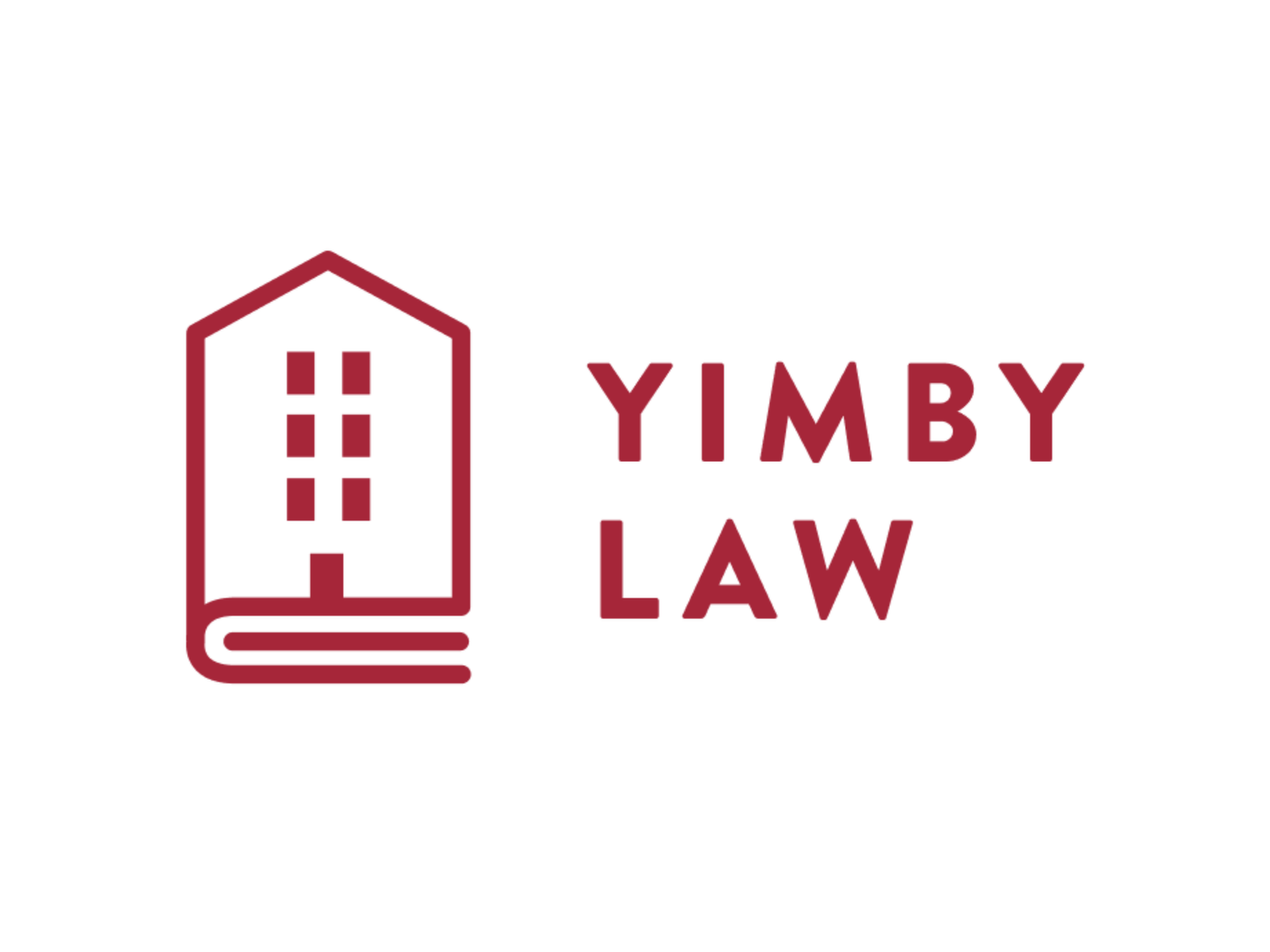TENANT PROTECTING DEMOLITION CONTROLS (SB 330)
/SB 330 (Skinner) contains a new, tenant protecting demolition control program that applies to high rent, low vacancy cities all over California. Read the text here.
No net loss
First of all, SB 330 will require that any housing development project that proposes to tear down existing housing to build at least as much housing.
Before SB 330, it was perfectly legal to propose to tear down an existing apartment building (and displace the people who live there) and replace it with a new building with fewer housing units! In fact, it is happening now in Sunnyvale. Read more.
Right to return, and relocation benefits
In the case that a developer proposes to tear down existing housing and replace it with more housing, the tenants of the existing housing get several new, important rights!
If you live in a “protected unit” (deed restricted housing, in rent controlled housing, in a Below Market Rate inclusionary housing unit), or were evicted due to the Ellis Act in the last 5 years, or are low income and living anywhere, and your apartment (or former apartment) is getting demolished, then you are entitled to a unit in the new building AND relocation costs.
In some cases, maybe even most, the requirement to rehouse existing tenants at their current rents will make tearing down existing affordable housing in order to replace it with a similar amount of more expensive housing financially infeasible. This legislation will prevent teardowns and displacement that aren’t worth the pain they cause.
In some cases, a small amount of housing could be replaced by a large amount of housing. For projects like this, this legislation will ensure that the existing residents are rehoused in the new project at an affordable rent, and if the current residents elect not to come back, the affordable housing units are replaced and made available for new low income residents. In many cases, the new housing will be more ADA compliant and safer in the case of an earthquake, more efficient (have lower utility bills) and have fewer environmental contaminants because no lead or asbestos are allowed in new buildings.
How do tenants claim this right to return and relocation benefits?
If a building is proposed to be demolished and redeveloped while renters live in it, the residents will probably find out about the plans and be able to claim their benefit. However, some aspects of this program have look backs that extend as much as 5 years. This means that tenants may have a right to return to an apartment they moved out of up to 5 years ago, if it is proposed for redevelopment.
Former tenants probably won’t notice an application to redevelop an apartment building that they moved out of a few years ago. This is why fully implementing this law will require a rental registry. Some cities, like Berkeley, already have rental registries, but most don’t.
This year, at YIMBY Law we will be creating resources for Tenants, Developers and Cities, to help everyone stay in compliance with this important protection.

